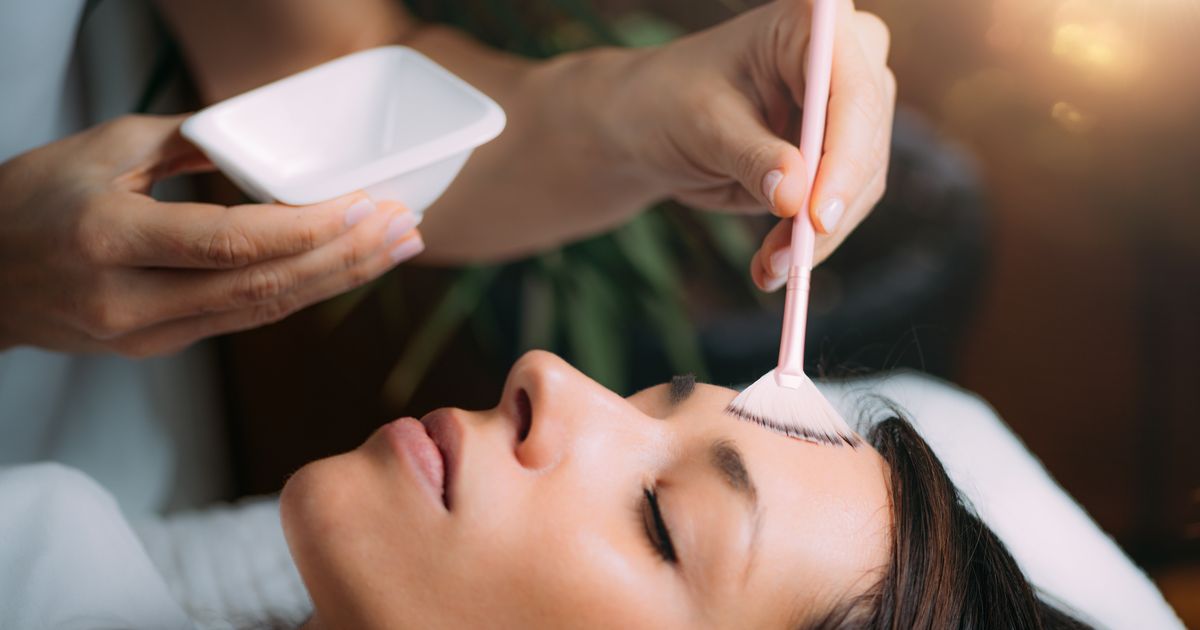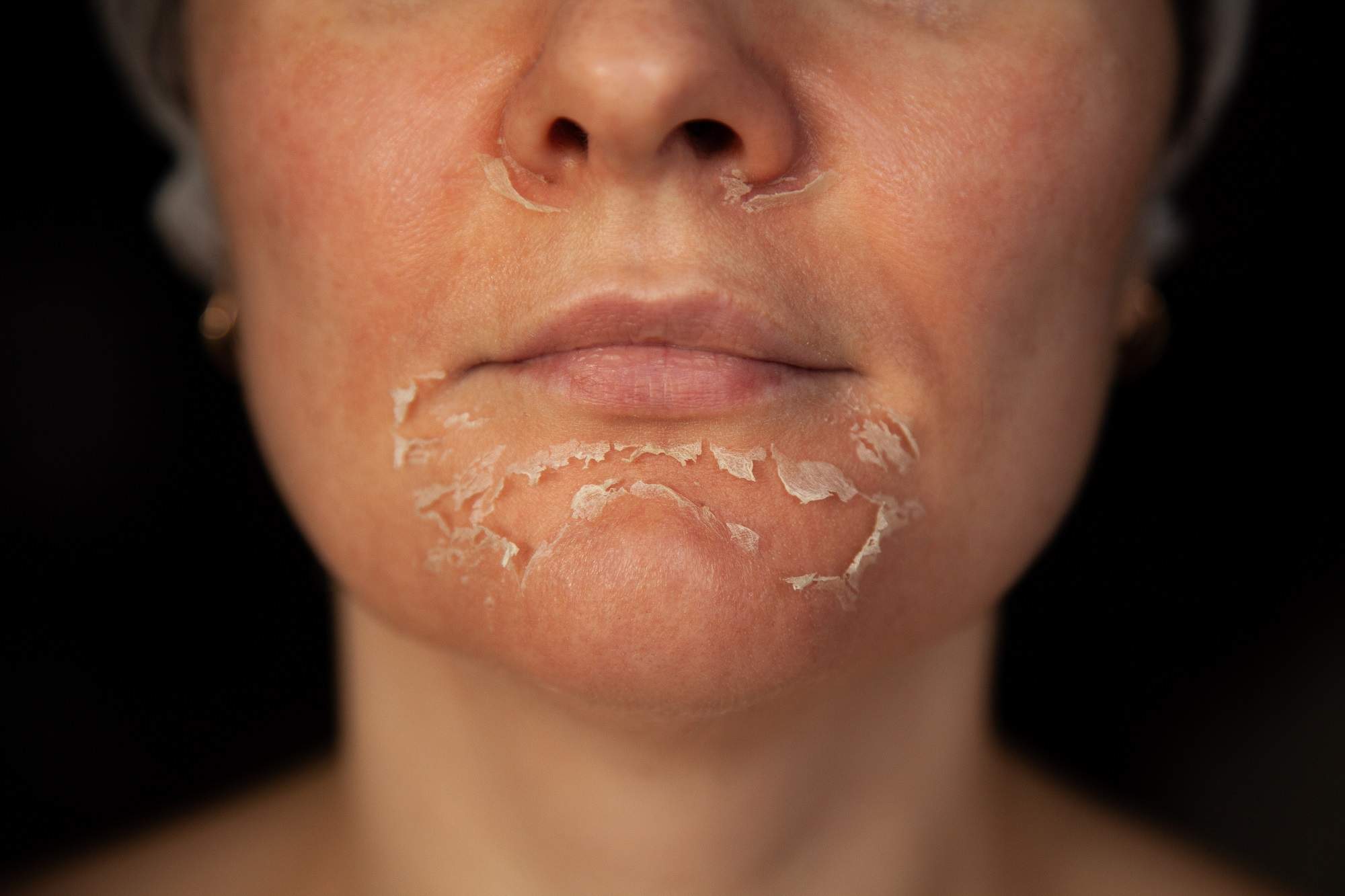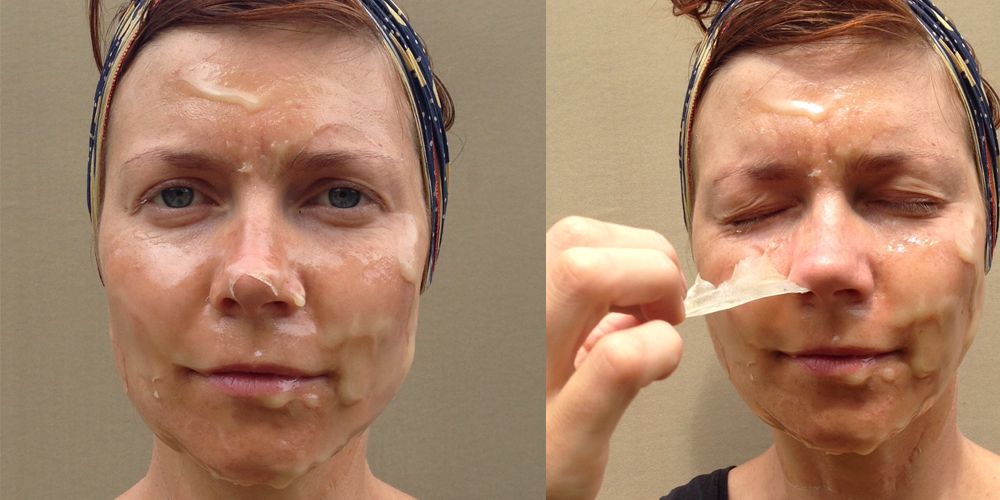Can We Do Skin Peeling At Home? - Step By Step Guide
By Mary Ann
21 December 2022
Chemical peels can help you get rid of dullness, lighten dark spots, and improve skin texture. This article will help you comprehend everything you need to know about chemical peels before you give them a try because there are numerous varieties on the market.

A chemical peel at home can be right for you if you're interested in them but not thrilled about the idea of stepping out in public with a burned face. And, hey, you're probably at home right now with some free time, so it might be a nice time for some skin-care experimenting at home.
While you can get this kind of treatment done by an esthetician or at your dermatologist's office, for many people, gentler at-home peels can offer many of the same advantages. Even though they use many of the same components as professional peels, they do so in smaller quantities that are less likely to seriously irritate the skin.
Step-by-Step Guide On How To Do Skin Peeling At Home
To determine whether you are allergic to any of the substances, always perform a patch test. Do a patch test before each session of chemical peeling, even if you've done it before.
Performing a patch test
Apply a small amount of the product to the inside of your arm or the inside of your wrist.
For 24 to 48 hours, leave it on. Check out your skin's response.
After 48 hours, take it out and wait two more days to be sure it didn't trigger a delayed reaction.

After doing the patch test, if your skin is healthy, proceed with the chemical peel. Start with the lowest concentration if this is your first time using it. As your skin becomes accustomed to the acid, you can progressively raise the concentration. Use 8% TCA, 30% lactic acid, or 30% glycolic acid to start. A week before utilizing the chemical peel, avoid using any products that contain tretinoin.
Let's now talk about how to perform chemical peeling at home.
Cleanse your face first
Cleanse your skin with a mild, soap-free cleanser before using the chemical peeling solution.
Protect The Sensitive Areas
Your nostrils, the corners of your lips, and the skin around your eyes are all extremely sensitive areas. To protect them from the acid, cover them with petroleum jelly.
Apply The Peeling Chemical Solution
Apply the chemical solution to your face using a Q-tip, a cotton swab, or a cotton pad. Apply it to your nose and neck after beginning with the less delicate areas, such as the skin on your forehead, cheeks, and chin.
Continue using it for the duration specified by the manufacturer.
Depending on the ingredients, the wait time varies. It is, however, always safe to leave it on for a shorter time than is advised. It's preferable to turn it off after 1 minute or 1 minute 30 seconds, for instance, if the instructions say to leave it on for 2 minutes.
Take the Peel Off
Apply a neutralizing solution after removing the chemical per the product's directions for removal. Typically, a neutralizing solution is included with every product. To prevent the solution from acting on your skin, do this. If your product doesn't include a neutralizing agent, the chemical ceases to function as soon as it is removed from your skin.

Additionally, you can create your neutralizing agent. Simply make a paste by combining baking soda and water, then apply it after washing the chemical off your face.
If your initial attempt is successful, you can up the acid's strength or concentration the following time.
You need to be extremely cautious about what you put on your skin after chemical peeling. Following a chemical peel, you can take the following skin care program.
You Might Also Want To Read This
Popular Posts







